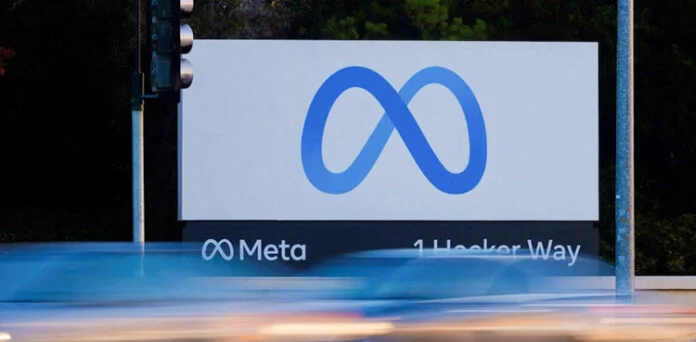
The latest data from the Bureau of Economic Analysis reveals that core Personal Consumption Expenditures (PCE) prices in the United States rose more than anticipated in February, signaling persistent inflationary pressures. This development is likely to keep US stocks under pressure as it reduces the likelihood of the Federal Reserve implementing rapid interest rate cuts.
Current expectations suggest that the Federal Reserve will lower interest rates twice in 2025, while the US administration advocates for more aggressive rate cuts. However, the Federal Reserve remains cautious, with Chairman Jerome Powell prioritizing inflation control amid ongoing uncertainties related to tariffs, which could further influence price stability.
The PCE price index, which serves as the Federal Reserve’s preferred inflation gauge, increased by 0.3% on a monthly basis, maintaining the pace observed in the previous two months and aligning with expectations. When excluding food and energy, core PCE prices rose by 0.4%, exceeding the anticipated 0.3% and marking an increase from January’s 0.3%. On an annual basis, core PCE inflation climbed to 2.8%, surpassing market expectations of 2.7%.
From February of the previous year, the overall PCE price index increased by 2.5%, while the core measure, which excludes volatile food and energy prices, rose by 2.8%. The cost of goods increased by 0.2%, a slowdown from the 0.5% rise in January, whereas service prices saw a stronger 0.4% increase, up from 0.2% in the prior month.
Personal income experienced a notable rise of $194.7 billion, reflecting a 0.8% increase at a monthly rate. Disposable personal income (DPI), which accounts for income after personal current taxes, increased by $191.6 billion, or 0.9%. Personal consumption expenditures (PCE) rose by $87.8 billion, translating to a 0.4% increase in spending.
Total personal outlays, which include PCE, personal interest payments, and transfer payments, grew by $118.4 billion in February. Meanwhile, personal savings amounted to $1.02 trillion, with the personal saving rate standing at 4.6%.
The primary contributors to the rise in personal income were increases in compensation and personal current transfer receipts. Within personal consumption expenditures, spending on goods accounted for $56.3 billion of the increase, while spending on services contributed $31.5 billion.
The PCE price index serves as a key measure of inflation, capturing the prices paid by US residents and those purchasing on their behalf for a wide range of goods and services. Recognized for its ability to reflect shifts in consumer behavior, this index plays a critical role in shaping monetary policy decisions.




















